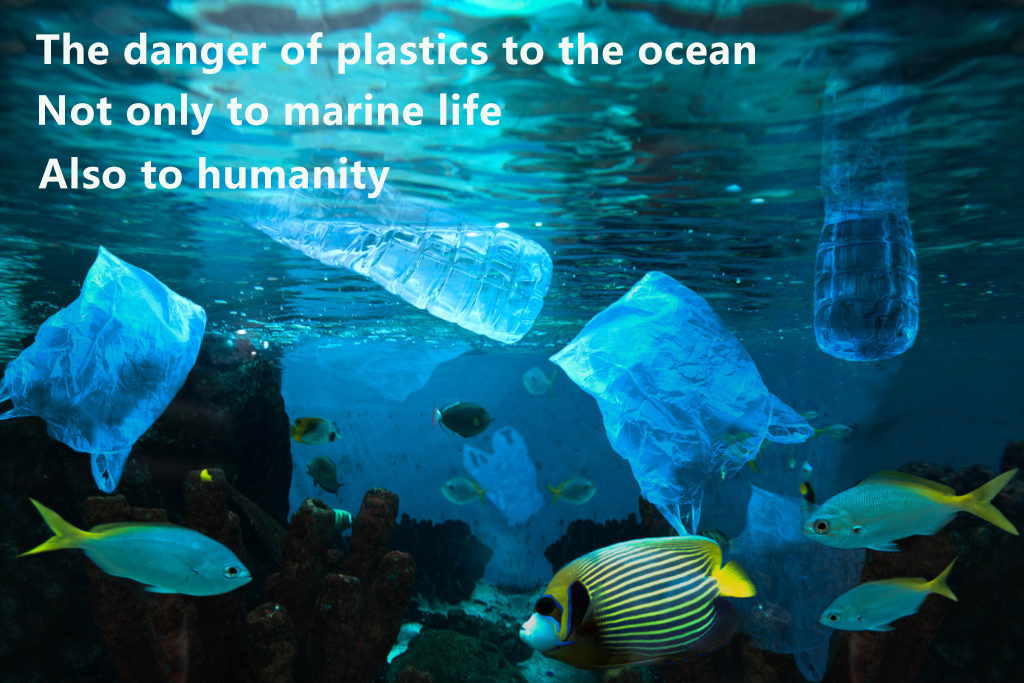
When the Japanese government decided to discharge the nuclear wastewater generated by the Fukushima nuclear power plant accident into the sea, it sparked widespread concern and concern worldwide. This decision involves profound considerations for the environment, health, and economy, as well as its impact on neighboring countries.
There are radioactive isotopes in nuclear waste water, of which tritium is of particular concern. Although tritium has low radioactive energy, long-term exposure may lead to chronic radiation effects, which may have adverse effects on organisms in marine ecosystems, affecting ecological balance and the stability of the food chain. Each liter of nuclear waste water contains about 10000 times the concentration of tritium, which exceeds international standards. This number is a shocking revelation of the potential risks involved. The half-life of tritium reaches 12.3 years, which means that even if its radioactive activity decreases, its presence in the ocean may last for decades, not only affecting marine ecology, but also spreading to our dining tables through the food chain.
However, the threat is not limited to tritium. The Fukushima nuclear waste water also contains other radioactive isotopes, these imperceptible small particles that may continue to release radioactive energy and pollute the marine environment for decades to come. The scope of this threat goes far beyond marine ecosystems, and will also extend to impacts on fishery resources and dietary health.
The potential impact of nuclear wastewater discharge is broad and complex. The marine ecosystem is an interconnected and complex network, and the release of radioactive substances may have long-term impacts on the health, survival, and reproduction of marine organisms, affecting the ecological balance of the ocean. In addition, the discharge of nuclear wastewater may have a direct impact on the fisheries and economy of surrounding countries and regions. The damage to fishery resources may lead to a decrease in fishing volume, affecting the income and employment opportunities of fishermen.
The impact of radioactive isotopes is long-term, especially long-lived radioactive substances such as tritium, which may remain in the ocean for decades or even longer. This means that the impact of nuclear wastewater discharge may continue to have impacts on ecosystems and human health, requiring long-term monitoring and governance.
In summary, the discharge of nuclear wastewater into the sea is a highly challenging issue, and its potential threat, scope of impact, and lifespan require in-depth assessment and global cooperation to address. The international community needs to strengthen information sharing, scientific research, and monitoring to ensure that nuclear wastewater discharge does not have long-term irreversible impacts on the environment, health, and economy.
In today's era, we not only need to pay attention to the discharge of nuclear wastewater in Japan, but also to the harm of marine plastics to humanity.85% of marine waste is plastic, experts: be vigilant about the impact of microplastics on the human body.

After marine plastic waste is degraded into microplastics, it will return to the human body with organisms such as fish and shrimp in the ocean. In the long run, this non degradable substance will inevitably have adverse effects on human health. "Professor Liu Jianguo, director of the Solid Waste Pollution Control and Resource Utilization Teaching and Research Institute of the School of Environment at Tsinghua University, said in an interview with Health Times reporters.
On October 21st local time, the United Nations Environment Programme (UNEP) released the report "From Pollution to Solutions: Global Assessment of Marine Garbage and Plastic Pollution". The report shows that 85% of marine debris is plastic. By 2040, the amount of plastic waste flowing into marine areas will nearly double, with an annual increase of 23 to 37 million tons of plastic waste in the ocean, equivalent to 50 kilograms of plastic waste per meter of coastline worldwide.
The Global Assessment of Marine Garbage and Plastic Pollution, from Pollution to Solutions, also points out that all marine organisms, from plankton and shellfish to birds, turtles, and mammals, face serious risks of poisoning, behavioral disorders, hunger, and suffocation. The human body is equally susceptible to plastic pollution in water bodies in multiple ways, which can lead to hormonal changes, developmental disorders, reproductive abnormalities, and cancer.
To alleviate the problem of marine garbage and plastic pollution, it is necessary to establish a standardized garbage management and treatment system to avoid the arbitrary discharge of plastic garbage into the ocean and Use biodegradable plastic products to protect the environment. For the next generation, please join us.
